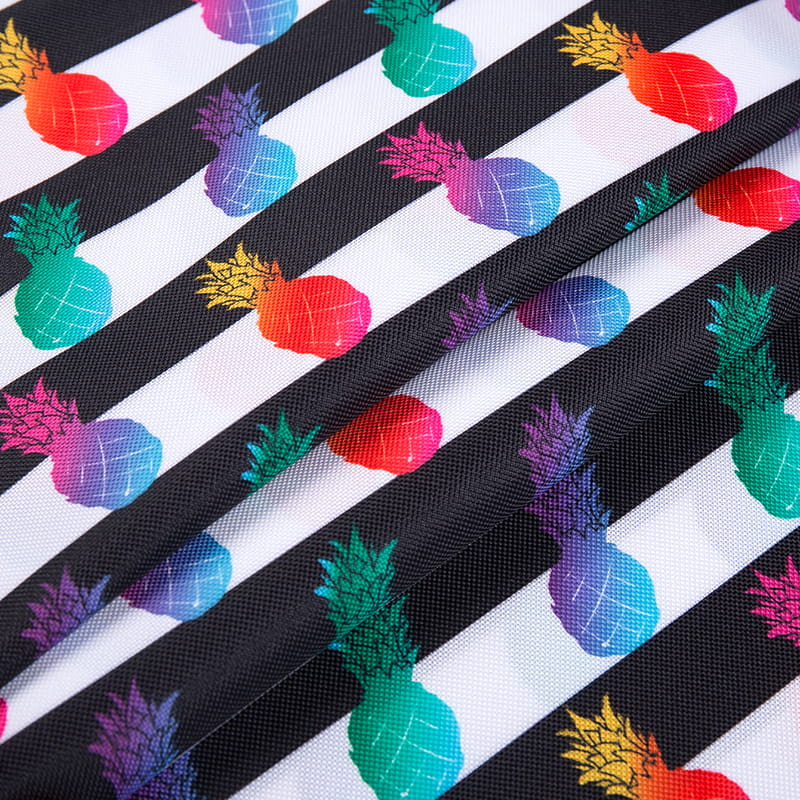
Thermal printing fabric, also known as heat transfer printing or thermal transfer printing, is a method of applying designs, patterns, or graphics onto fabric using heat and pressure. This process involves using a heat-sensitive material, often in the form of a special ink or dye, that is transferred onto the fabric when subjected to heat and pressure. The design is usually pre-printed on a carrier paper, and the heat and pressure cause the ink to adhere to the fabric's surface.
Key differences between thermal printing fabric and traditional fabric printing methods include:
Process: In thermal printing, the design is first printed onto a carrier paper using specialized inks or dyes. Then, heat and pressure are applied to transfer the ink from the carrier paper to the fabric. Traditional fabric printing methods, on the other hand, include techniques like screen printing, block printing, digital printing, and rotary printing, which apply ink or dye directly onto the fabric's surface.
Complexity and Precision: Thermal printing is generally simpler and more precise compared to some traditional methods like screen printing, which involve creating stencils and setting up multiple screens. Thermal printing allows for intricate and detailed designs with consistent results.


Color Variation: Thermal printing can achieve vibrant and consistent colors since the ink or dye is transferred directly from the carrier paper to the fabric. Traditional methods might involve layering different colors of ink, which can sometimes result in variations.
Durability: Thermal printing often results in durable designs that resist fading, cracking, and peeling, especially when done properly. Some traditional methods might require additional post-printing treatments to enhance durability.
Versatility: Thermal printing can be used on a wide range of fabrics, both natural and synthetic, as long as they can withstand the heat and pressure without damage. Traditional methods might require specific ink types for different fabric materials.
Setup Time and Costs: Traditional methods like screen printing can have higher setup costs due to the creation of screens and the manual labor involved. Thermal printing may have lower initial setup costs since it's a digital process, but costs can vary based on the type of equipment and ink used.
Environmental Considerations: Thermal printing might have some environmental advantages as it can produce less waste compared to traditional methods that might involve excess ink, screens, and chemicals.
Ease of Customization: Thermal printing allows for easy customization, making it suitable for small production runs and even one-off items. Traditional methods might be more time-consuming for small-scale productions.



 English
English Español
Español










